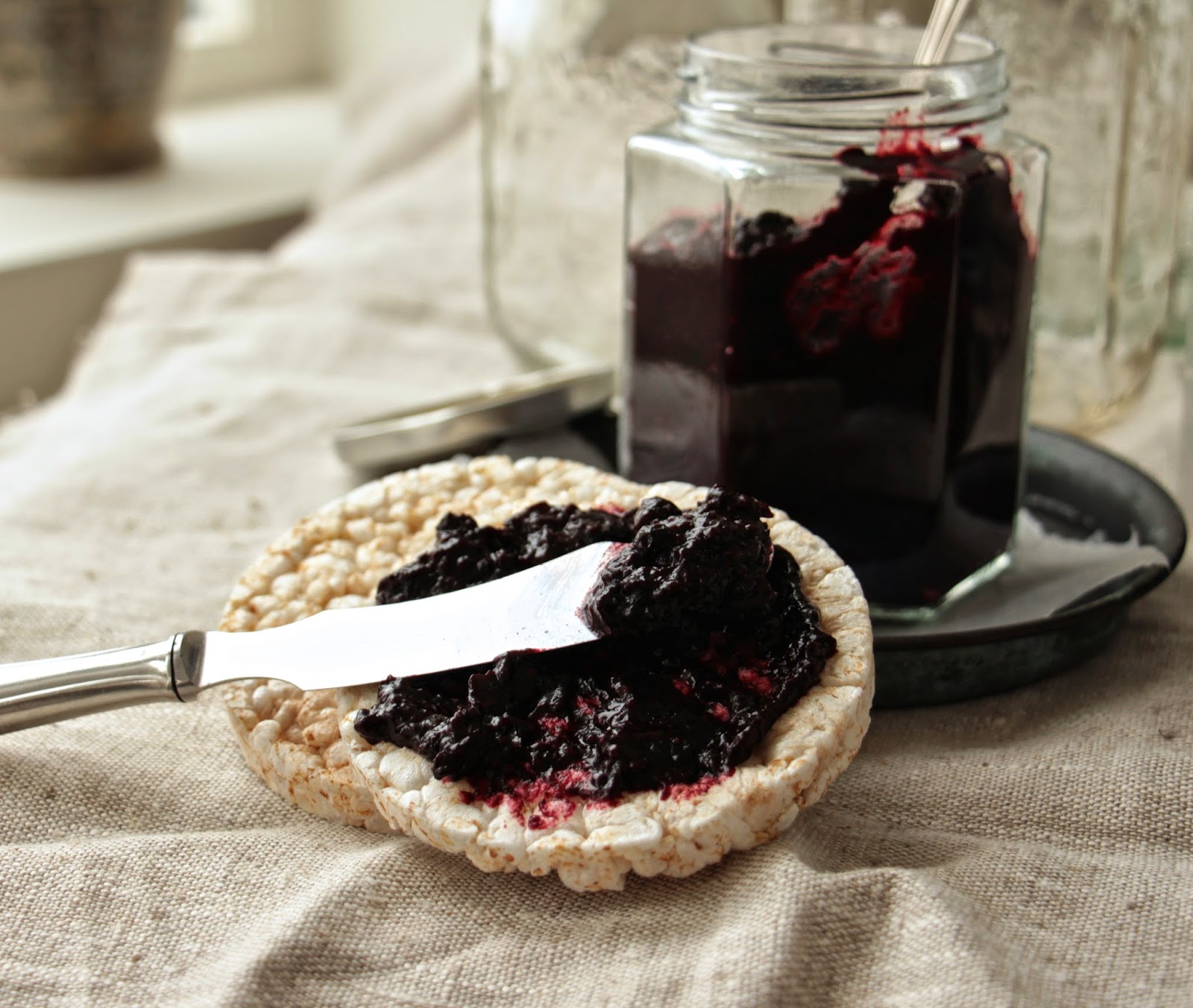Often I hear from readers who have changed their diets and lifestyles toward a more evolutionarily sound direction (
) that their fasting blood glucose (FBG) readings have gone up. Frequently numbers in the range 110-126 mg/dl (6.1-7 mmol/l) are mentioned.
If you have a FBG reading of 110-126 mg/dl (6.1-7 mmol/l) very likely your doctor will tell you that you are either diabetic or well on your way be becoming diabetic.
Diabetes is a condition that in humans is most frequently associated with damage to the beta cells in the pancreas, significantly impairing insulin secretion. With limited insulin, glucose levels tend to go up, leading to high FBG levels and high glucose peaks after consumption of carbohydrates. The latter, high glucose peaks, appear to be particularly damaging when happening regularly over time.
What is the probability that you are NOT diabetic with this FBG reading?
I put together the table below, based on data from a widely cited meta-analysis (
) conducted by the research group called The Emerging Risk Factors Collaboration. It shows the distribution of FBG levels in urban settings among individuals who do not have diabetes.
The numbers in this table are fairly consistent with those from various other surveys of large numbers of individuals in urban settings.
The study mentioned above also tells us that the incidence of diabetes in urban populations is in the neighborhood of 6.8 percent. This may not sound like much, but as disease incidences goes, it is very high – approximately 1 in every randomly selected group of 15 people has diabetes.
The vast majority of those diagnosed will have diabetes mellitus type 2, which tends to develop over time and be associated with the metabolic syndrome (
).
We know from Bayes' theorem, which is a fundamental element of the increasingly popular Bayesian statistics, that the probability of an event A given that an event B has occurred [denoted P(A|B)] is given by:
P(A|B)=P(B|A)*P(A)/P(B).
In the equation above, P(B|A) is the probability of event B given A, P(A) is the probability of event A, and P(B) is the probability of event B.
To answer the question posed in the title of this blog post, we need to calculate the probability that a person will have no diabetes given that he or she has a fasting blood glucose of 110-126 mg/dl.
Replacing A and B in the equation above with “NoDiabetes” (short for not having diabetes) and “FBG=110-126 mg/dl” respectively, we arrive at the formula to calculate the probability that answers the question:
P(NoDiabetes|FBG=110-126 mg/dl)=P(FBG=110-126 mg/dl|NoDiabetes)*P(NoDiabetes)/P(FBG=110-126 mg/dl).
From the table above we know that P(FBG=110-126 mg/dl|NoDiabetes)=7 percent. From our previous discussion, we know that P(NoDiabetes)=(100-6.8)/100 =93.2 percent.
Finally, the study tells us that P(FBG=110-126 mg/dl) is 9.1 percent. This includes individuals with diabetes (2.1 percent) and without diabetes (7 percent).
With these numbers, we can calculate the probability that a person will have no diabetes given that he or she has a FBG of 110-126 mg/dl:
P(NoDiabetes|FBG=110-126 mg/dl)=0.07*(1-0.068)/0.091=0.72.
That is,
if your fasting blood glucose is in the 110-126 mg/dl range (6.1-7 mmol/l) then the probability that you DO NOT have diabetes is 72 percent. It would be much safer to bet that you do not have diabetes than that you do, even at that relatively high range.
Surprising eh!?
The above discussion not only highlights the lack of reliability of fasting blood glucose levels for diabetes diagnoses in the 110-126 mg/dl range (6.1-7 mmol/l), but also begs the question – what could cause high fasting blood glucose levels in healthy individuals?
Some of the folks I heard from have gone through insulin sensitivity tests (see, e.g.,
), and were found to be insulin sensitive (in at least one case, highly sensitive), even though their baseline glucose levels are generally high. This goes against the possible speculation that they are prediabetics well on their way to becoming diabetic.
One possibility has been discussed in a previous post, which also mentions what could happen with HbA1c levels (
).


































